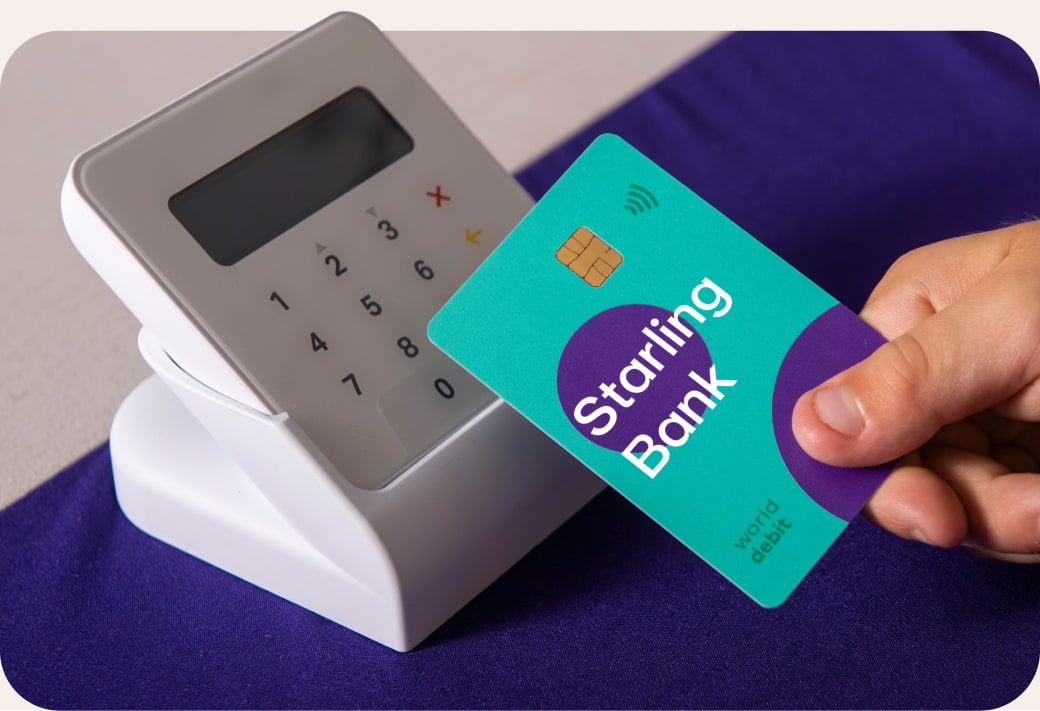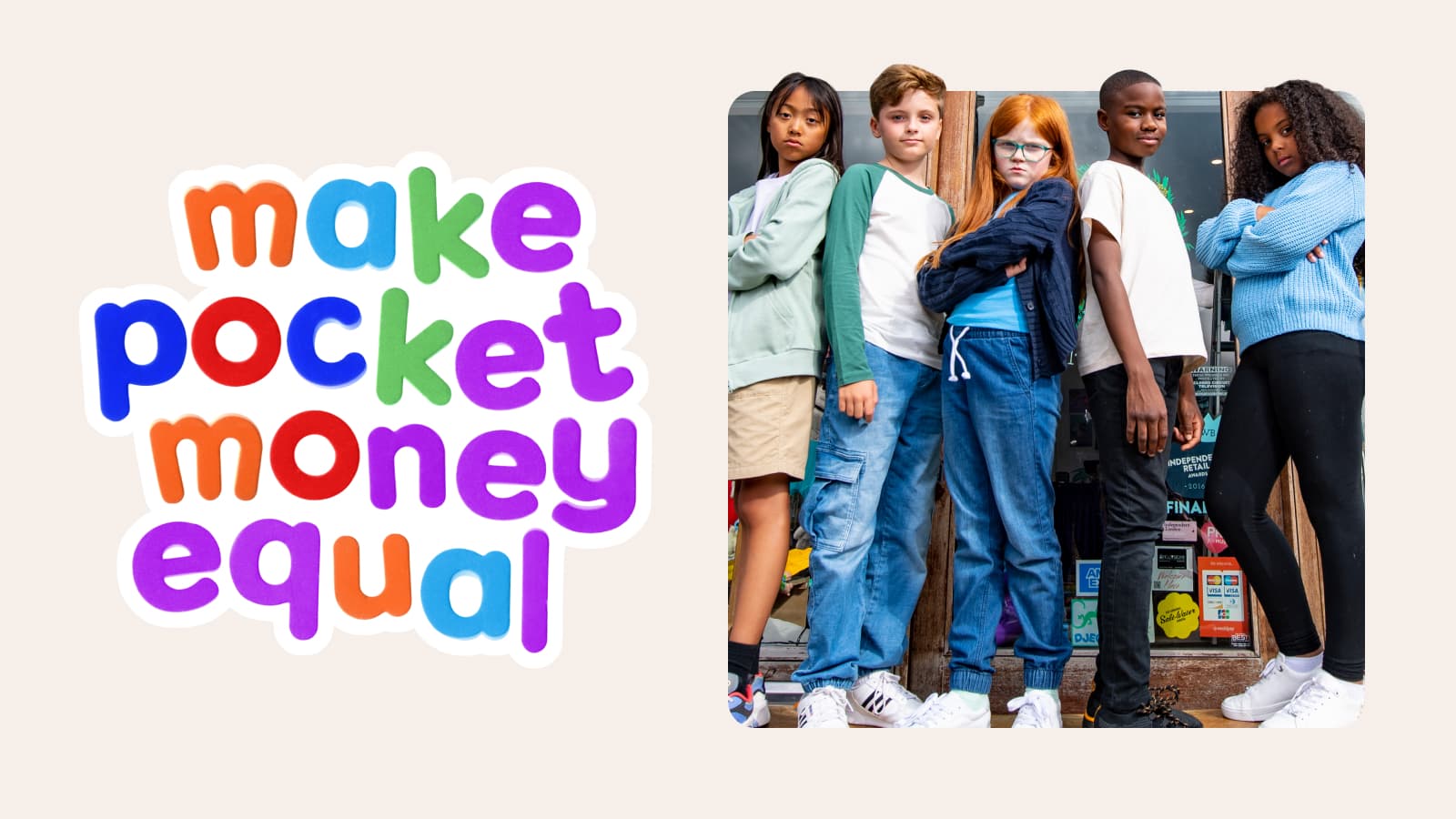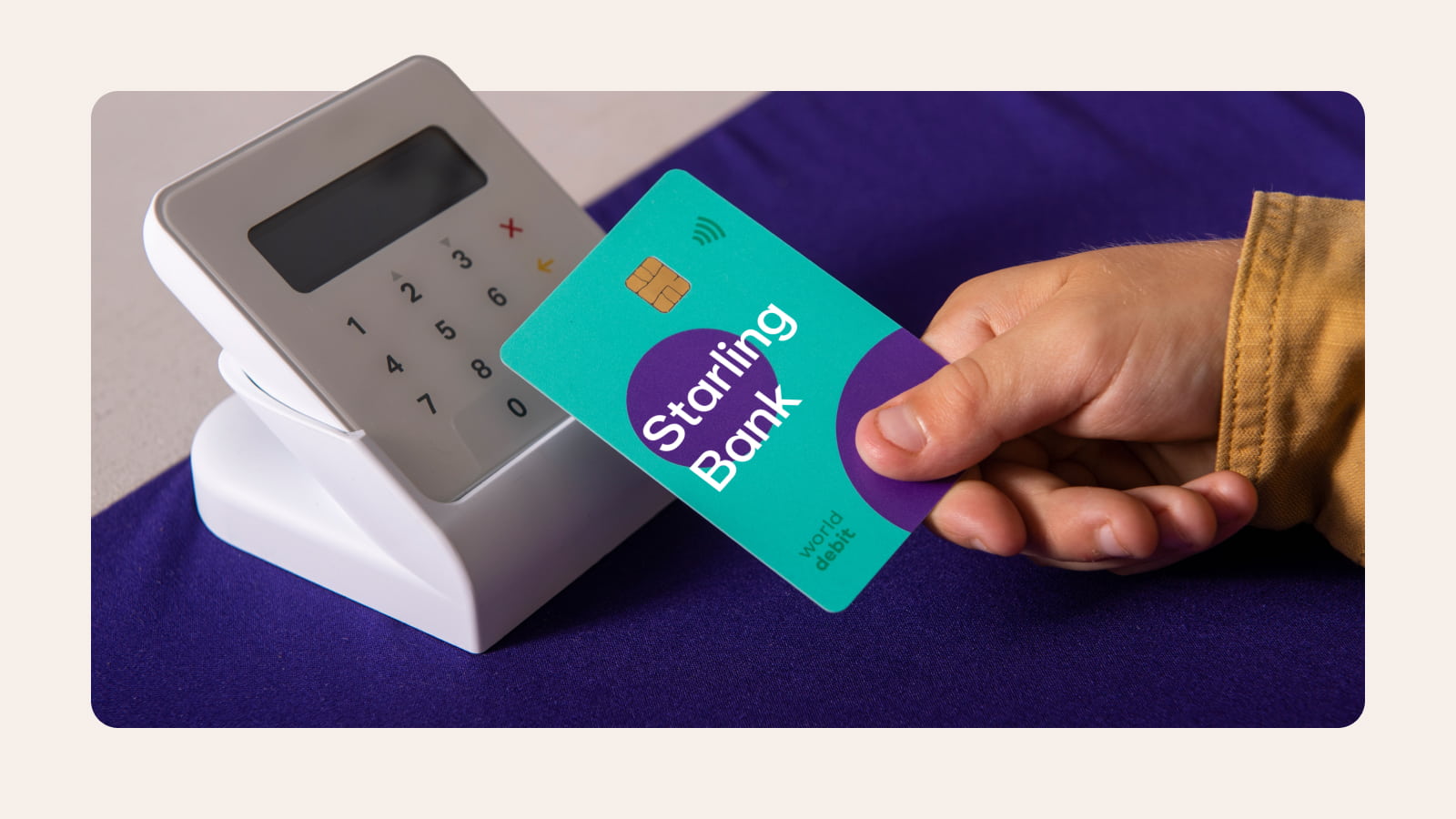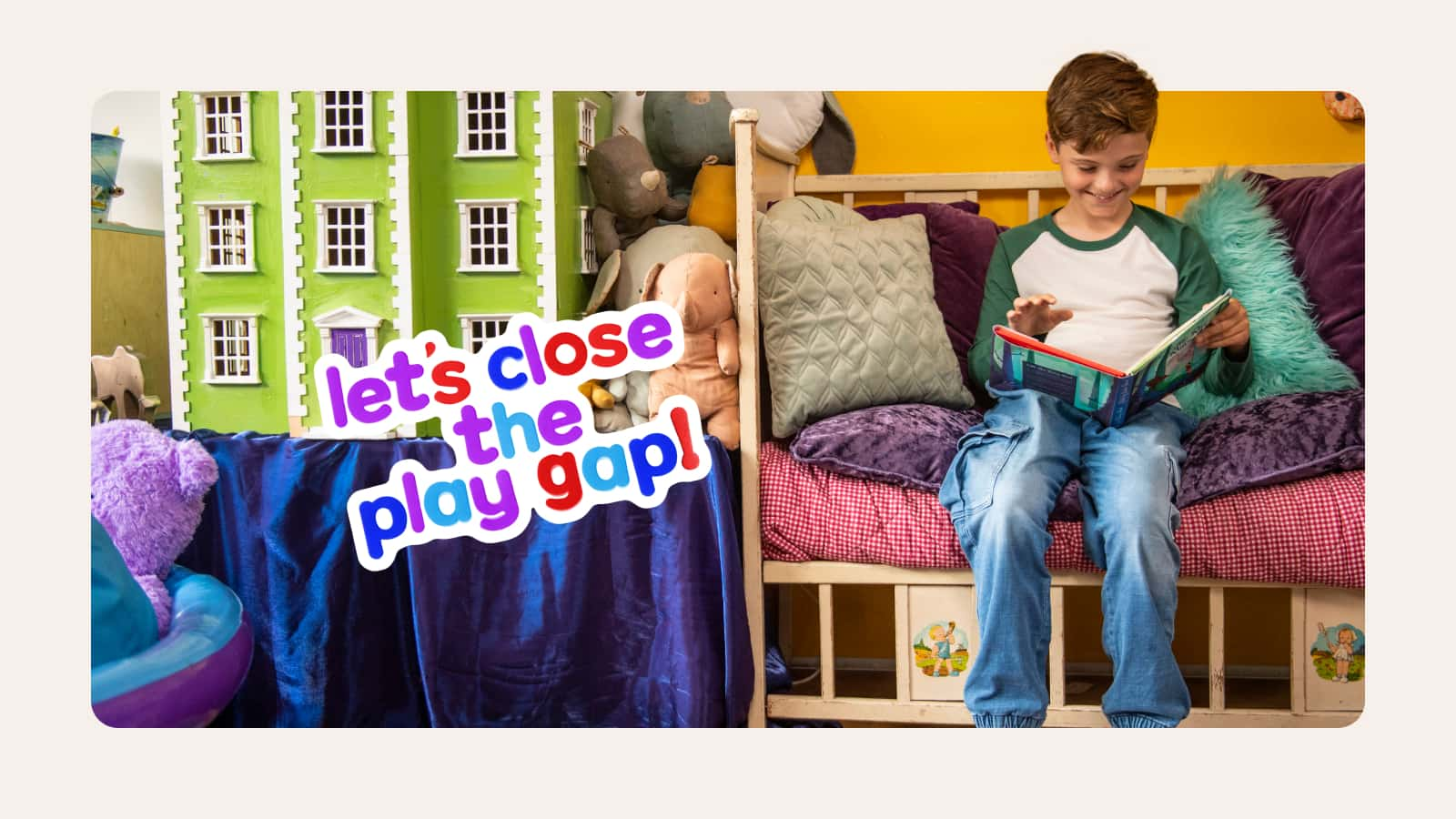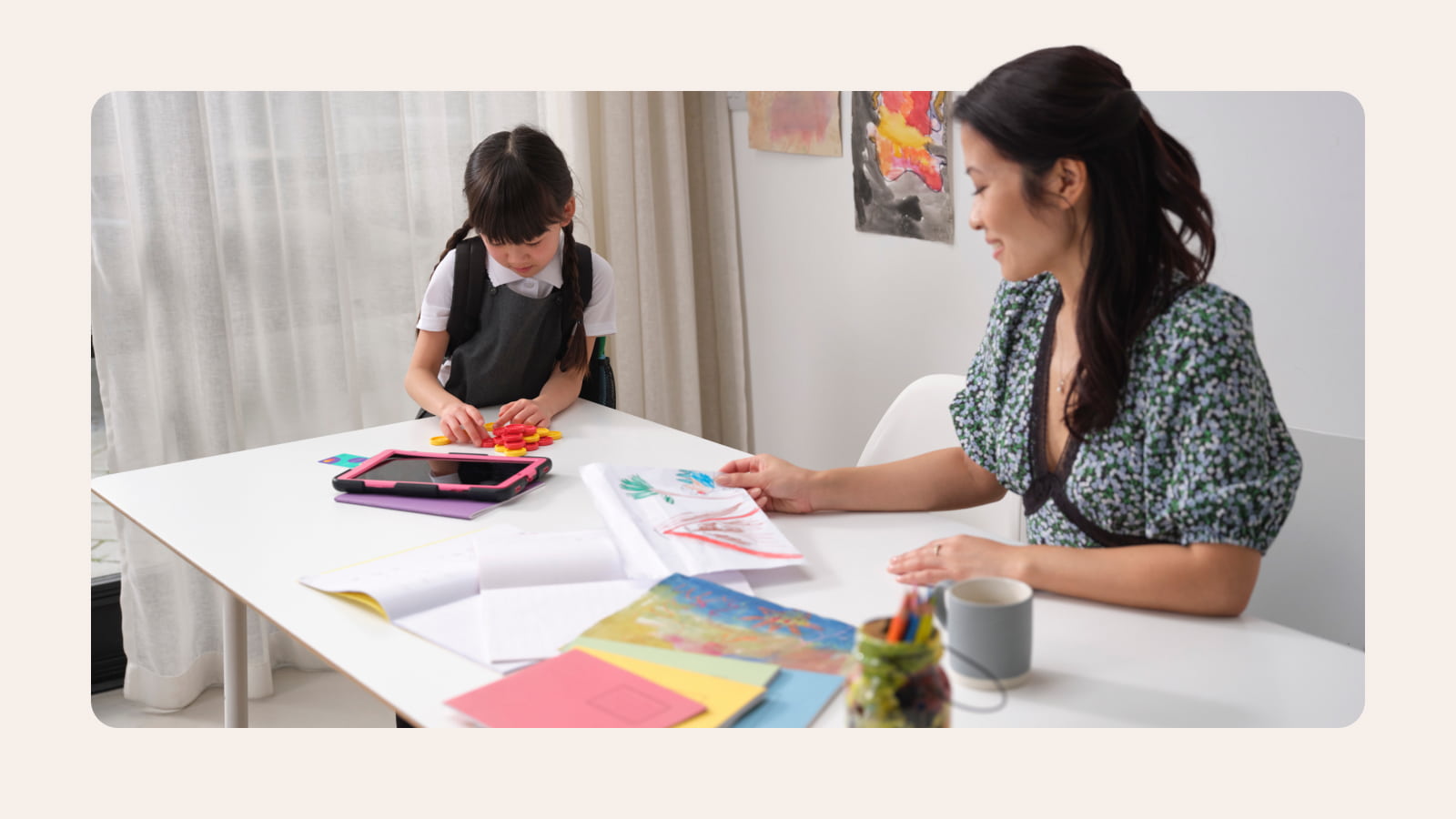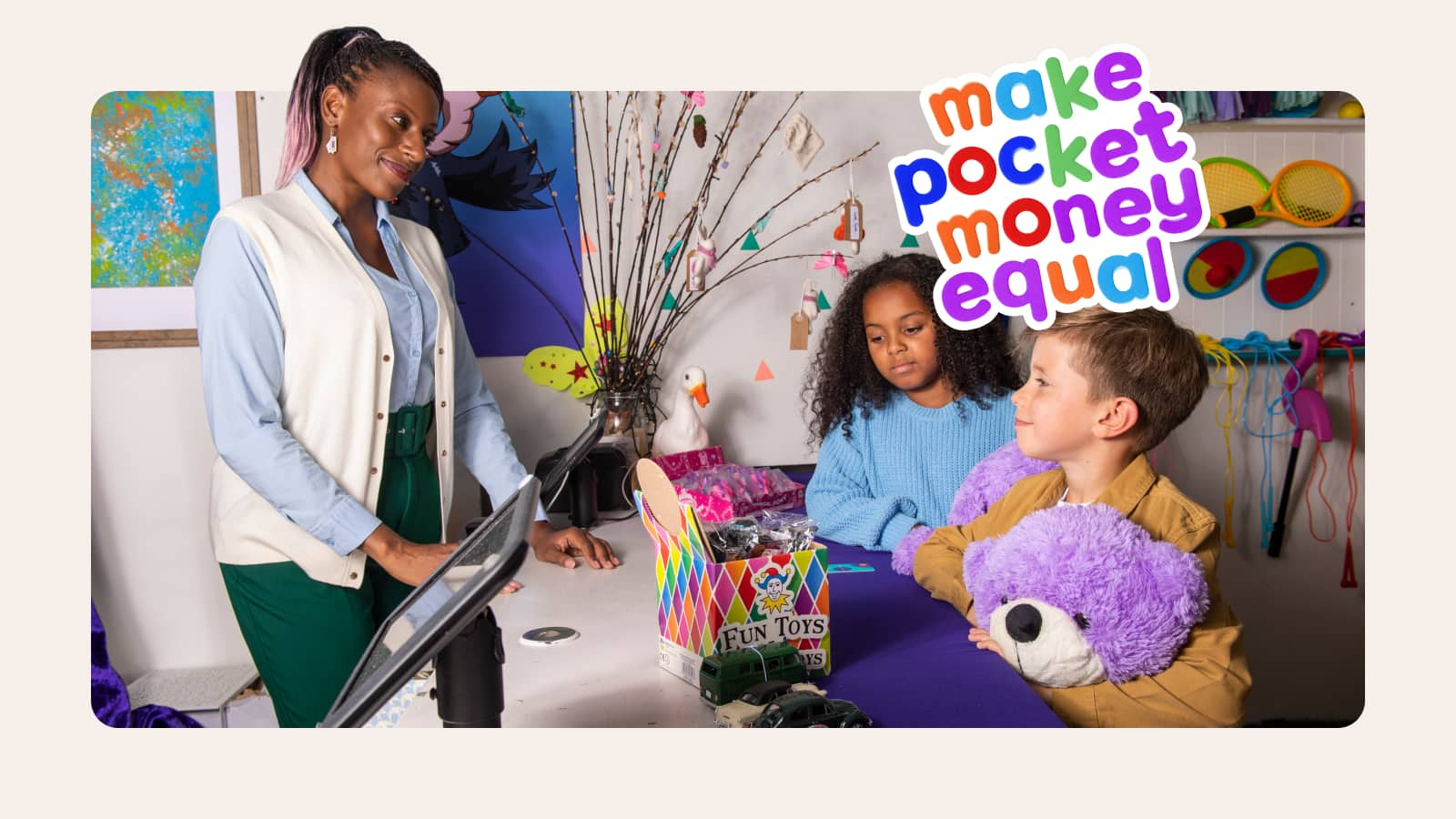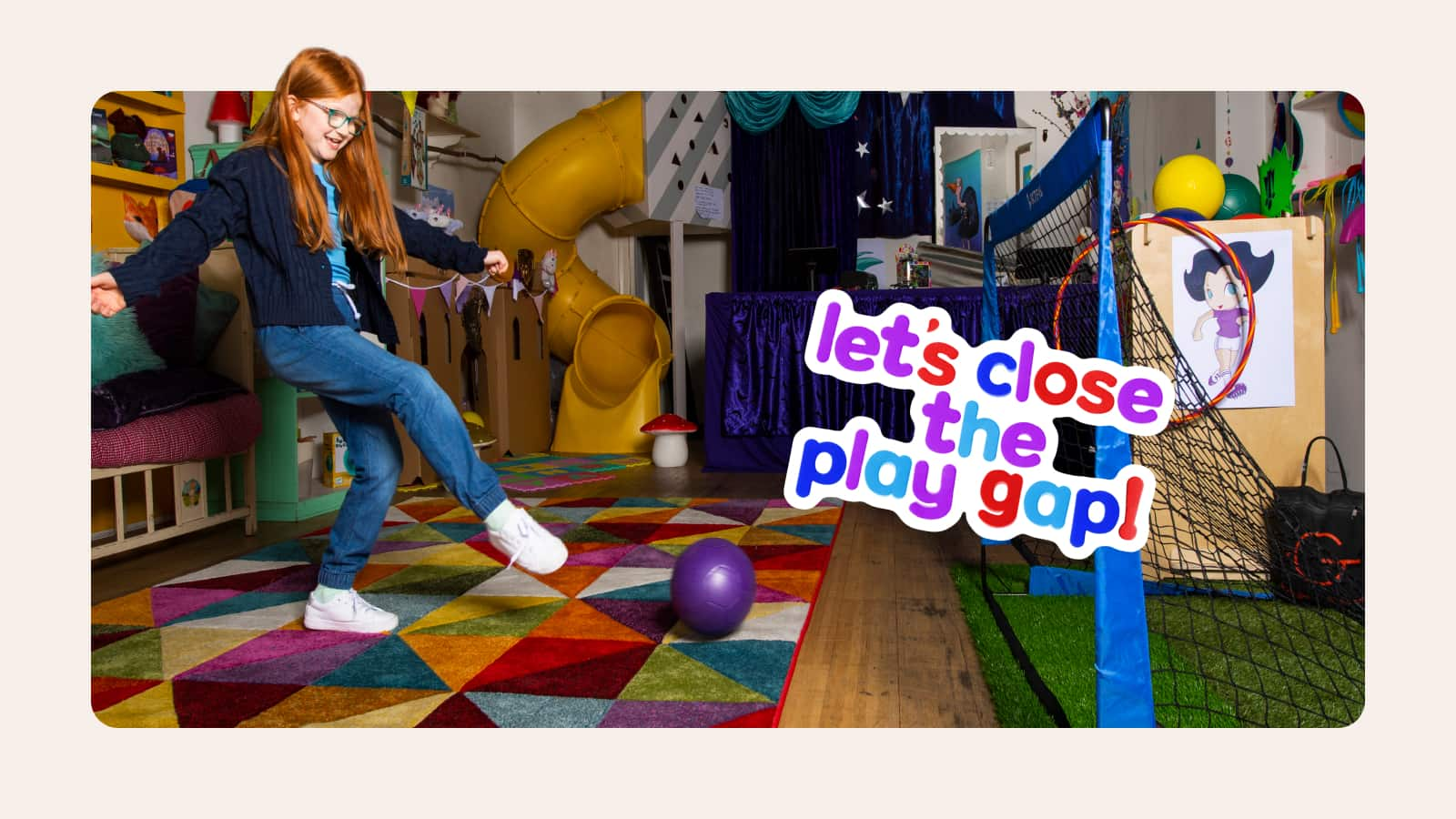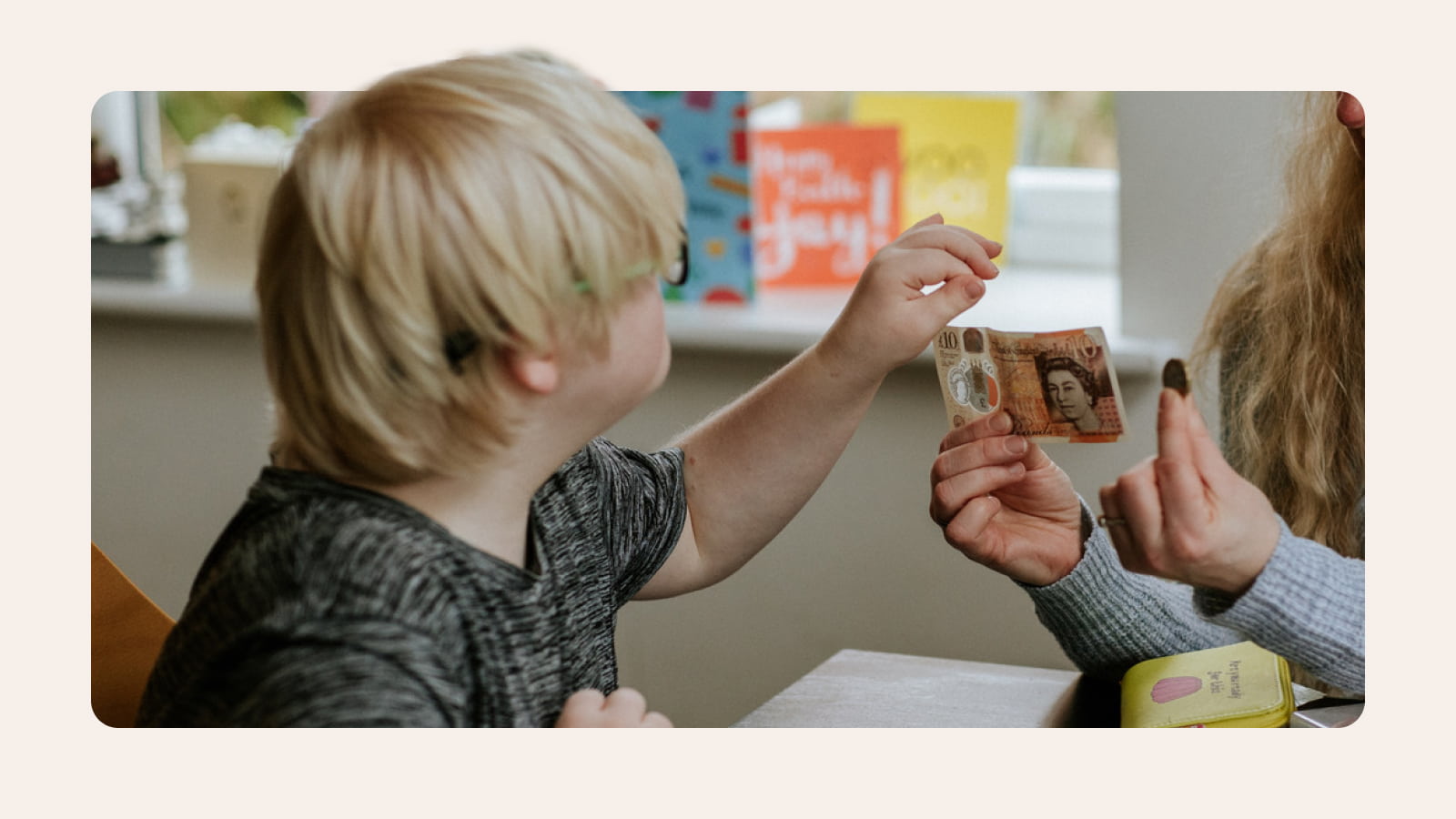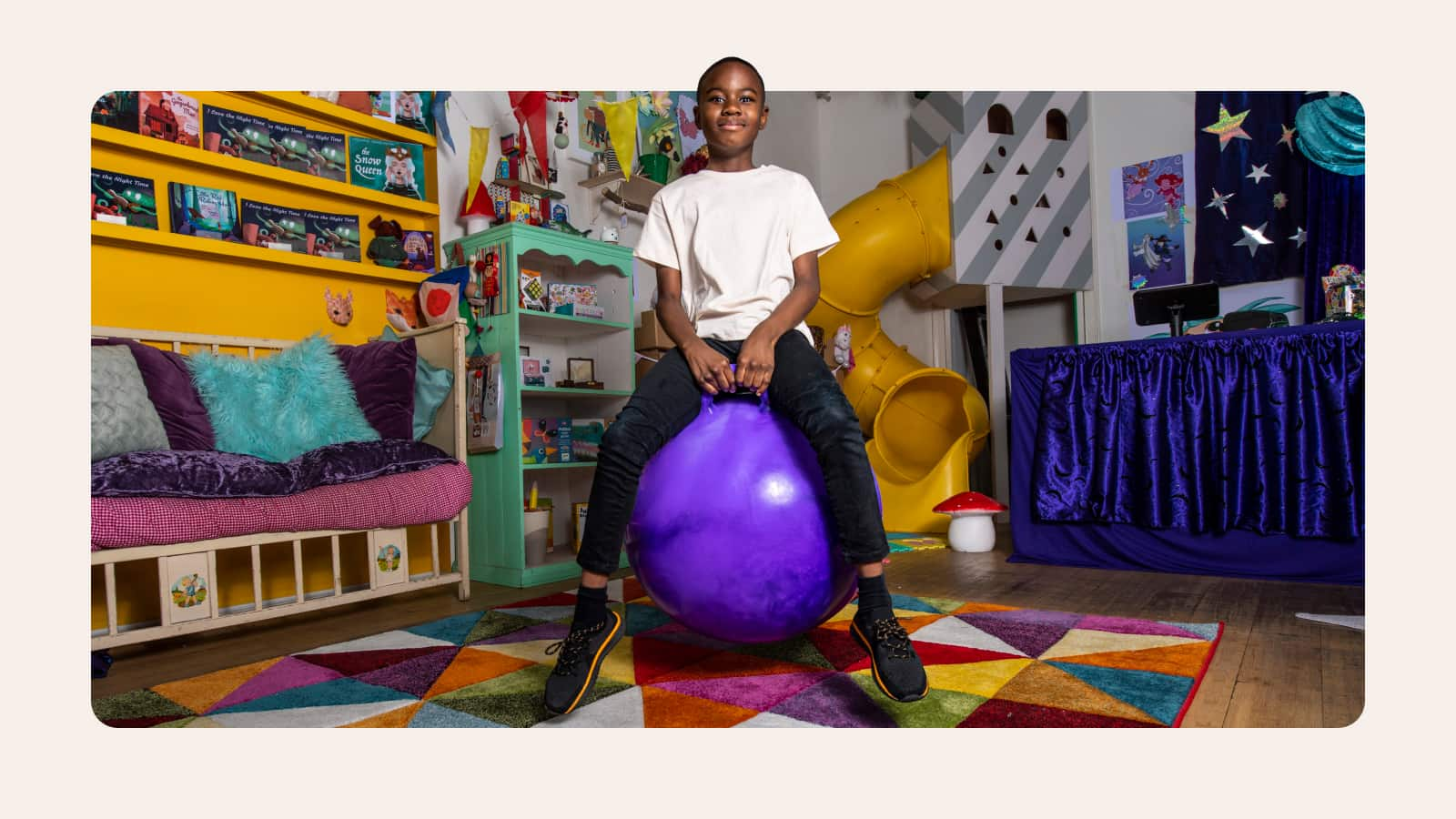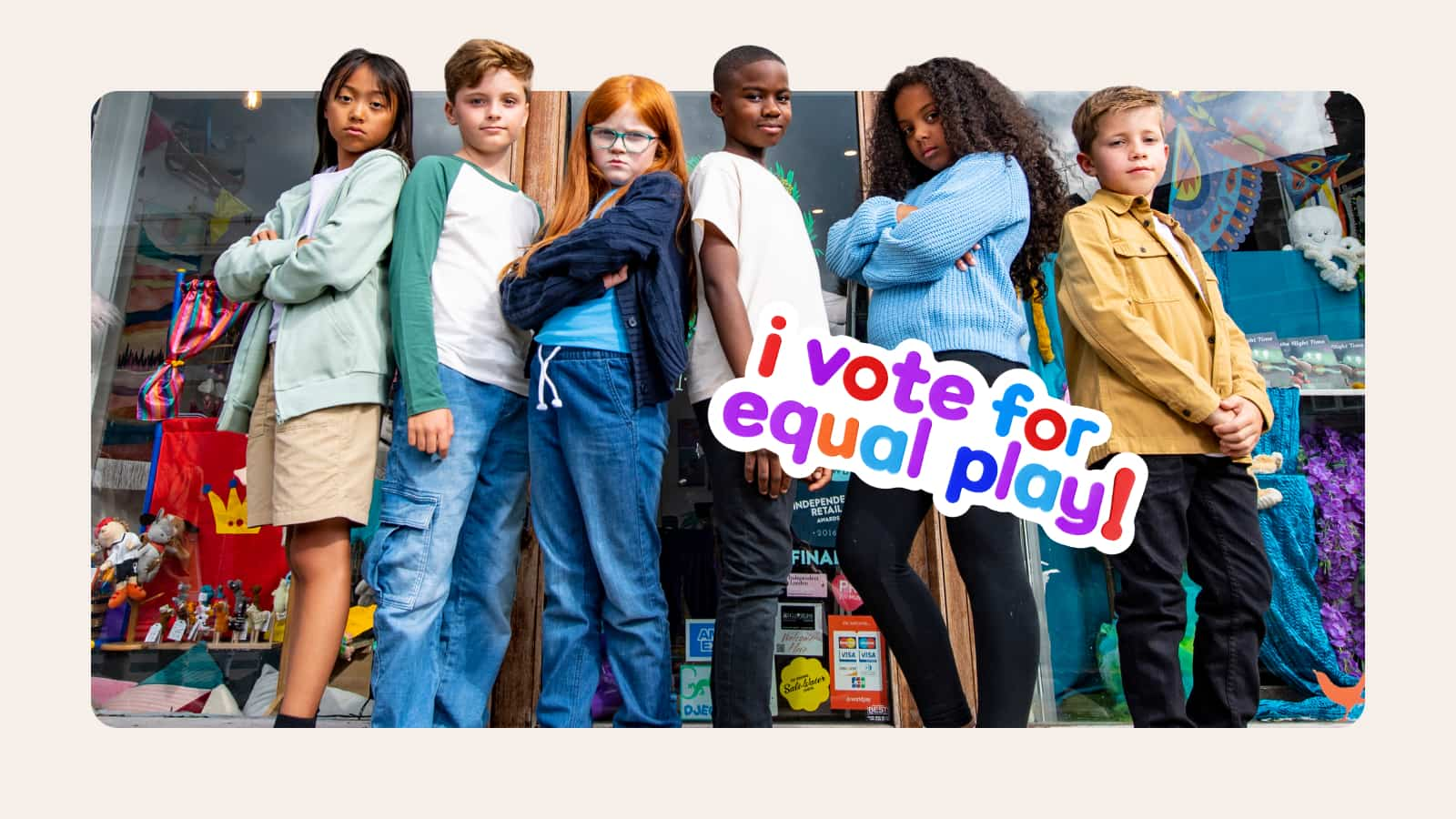Introducing:
The
‘Play’ Gap
Introducing:
The
‘Play’ Gap

Make pocket money equal
When does the gender pay gap start, and why? Working with Professor Tim Jay, an educational psychologist at Loughborough University, we discovered that boys get 20% more pocket money every week, while products marketed at girls cost 5% more.
And it doesn’t stop there. Boys and girls earn – and learn – about pocket money in different ways too, which sets them up with different financial literacy skills.
An unequal start for children leads to an unequal future for us all. Let’s Make Pocket Money Equal.
By playing this video you agree to YouTube's use of cookies. This use may include analytics, personalisation and ads.
The true Play Gap revealed
What contributes to the gender pay gap? Turns out, it all starts in childhood.
Download the report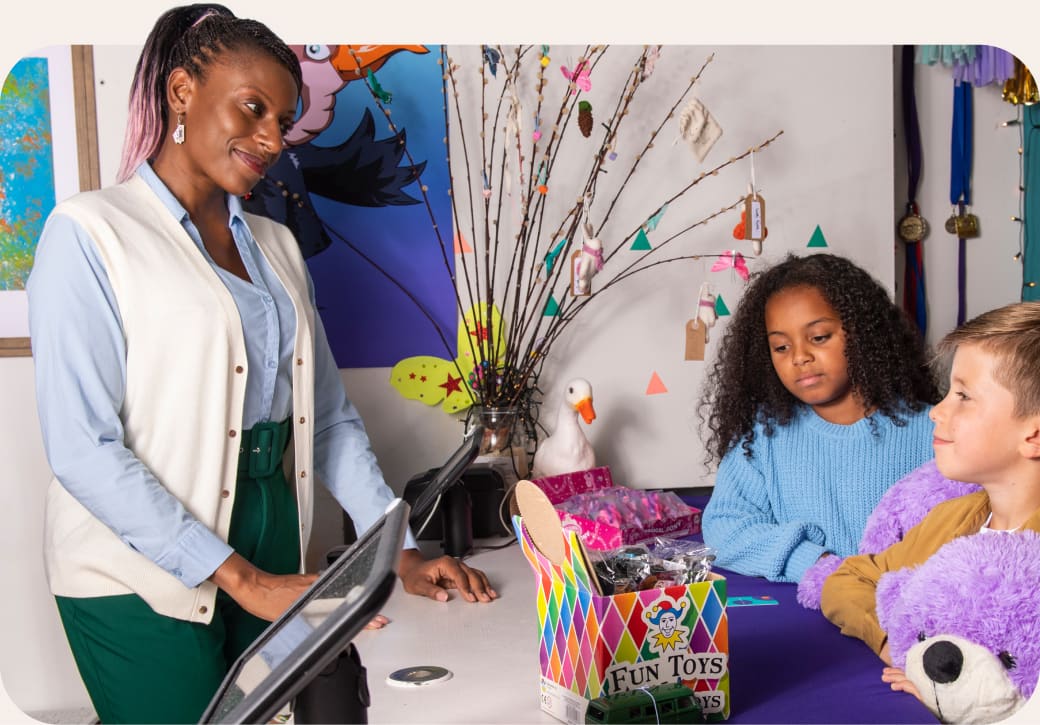
The ABC of financial literacy
Professor Tim Jay suggests a simple three point step that helps parents get to grips with money talk.
Read the article
Didn’t catch Make Money Equal?
We’ve been campaigning since 2018, raising awareness about how women are portrayed with, and spoken to, about money.
Read our manifesto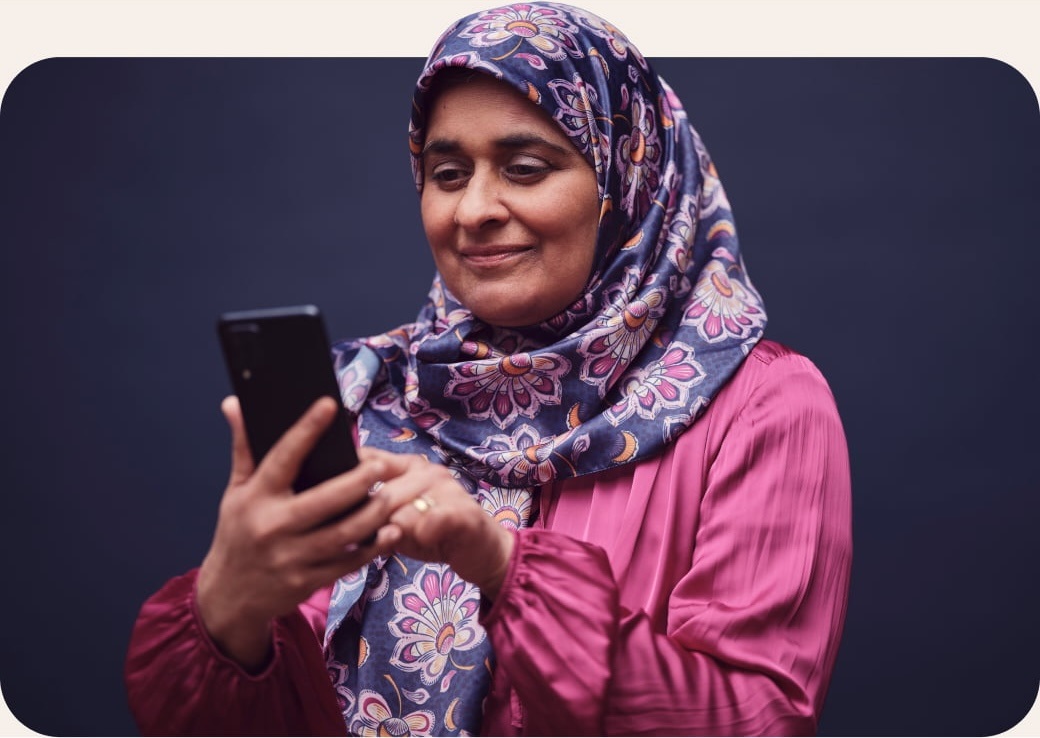
Advice hub:
How can you Make Pocket Money Equal?
Tools to try together
Budget Planner
We’ve launched a free, easy-to-use Budget Planner that helps you take control of your money. It only takes 5-10 minutes – remember to factor in pocket money!
Go to Budget Planner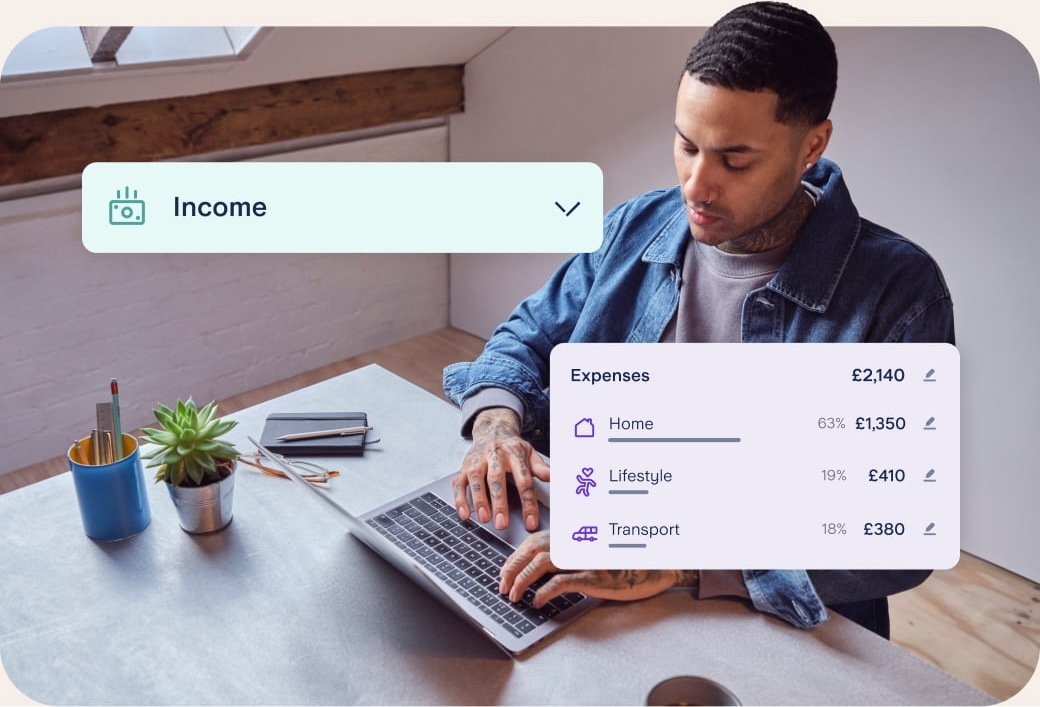
Starling Kite takeover challenge
What happens if you give kids control of the family budget? We asked three podcasters to find out. Dare to try it? Start with our worksheet.
Download the worksheet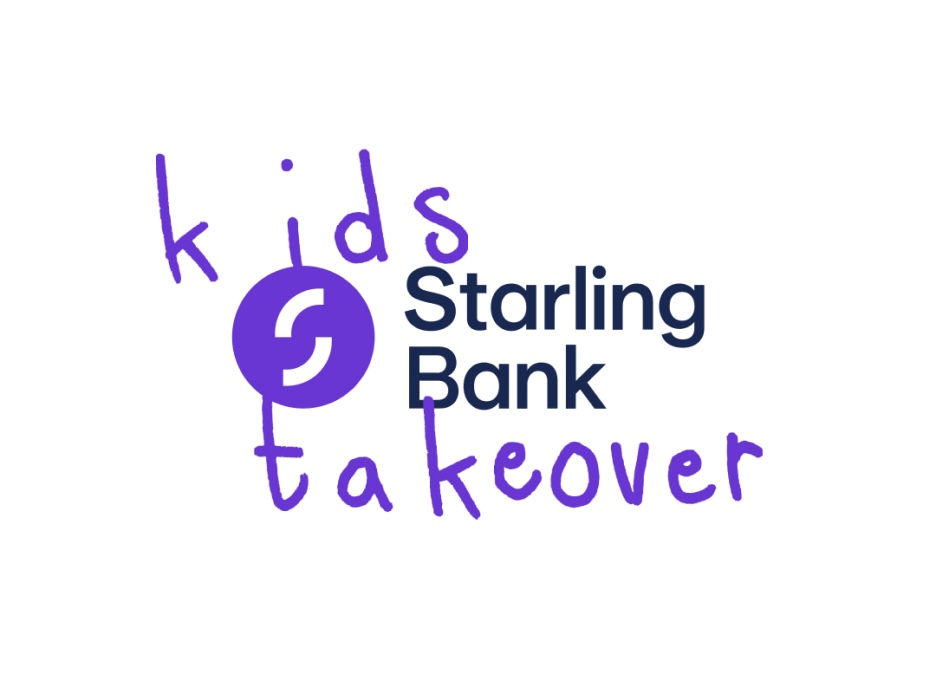
Pocket Money Budget Sheet
A practical way to get kids thinking ahead to goals – as well as factoring in weekly treats. Stick on the fridge and keep track together!
Download the worksheet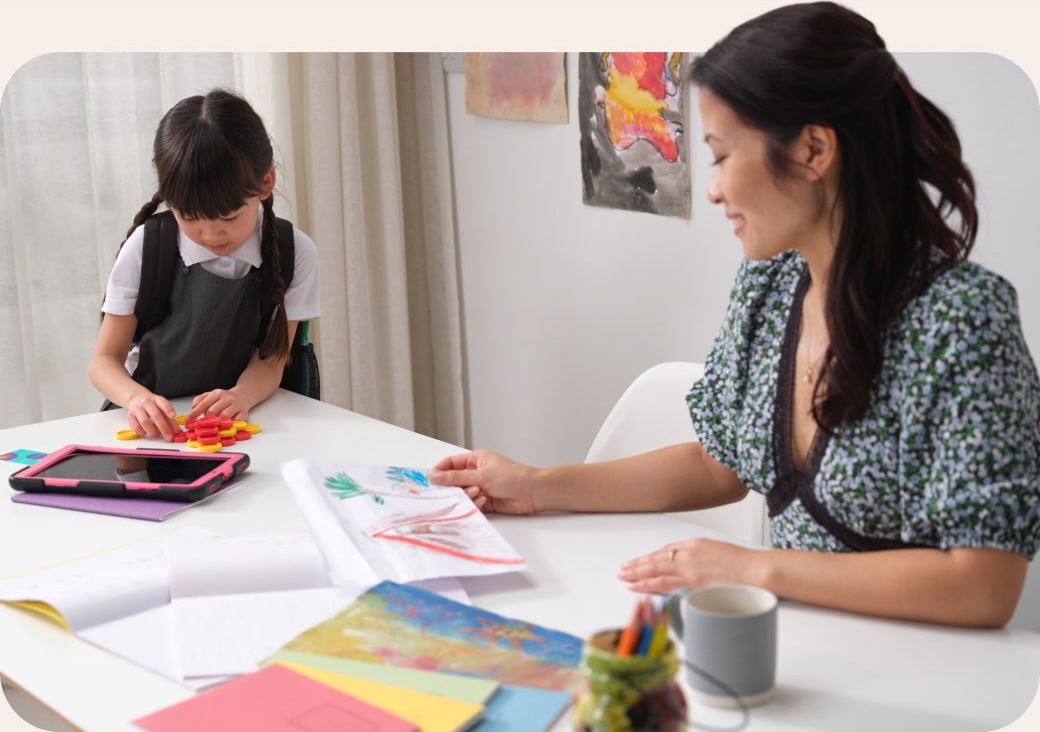
Starling Kite: award-winning debit card and app for kids
Help kids manage their pocket money and turn their spending into skills. You stay in control in your app while they learn about money.
Learn more about Kite